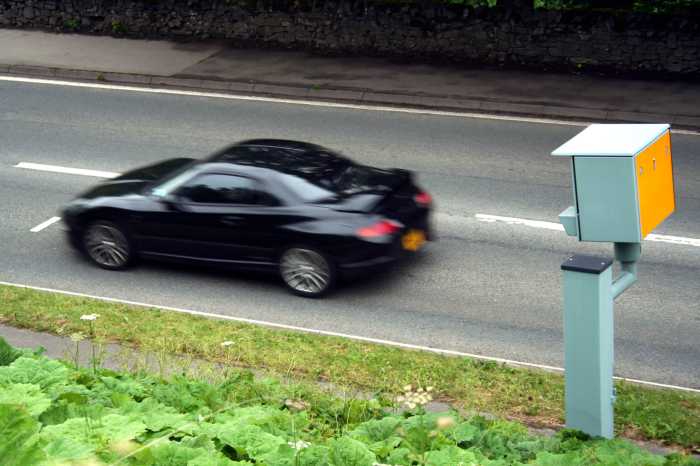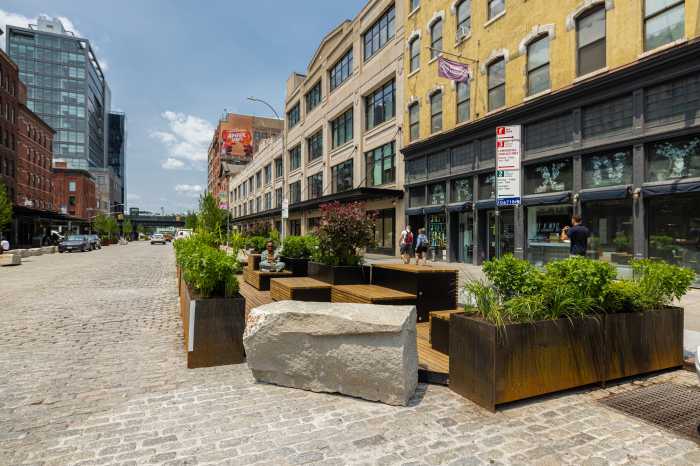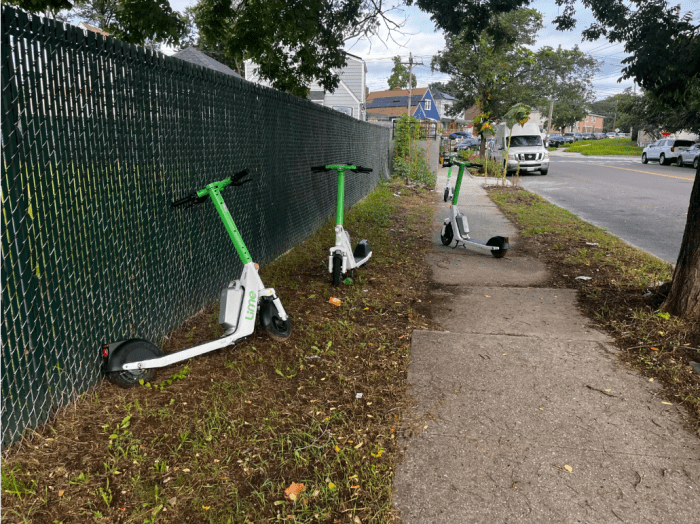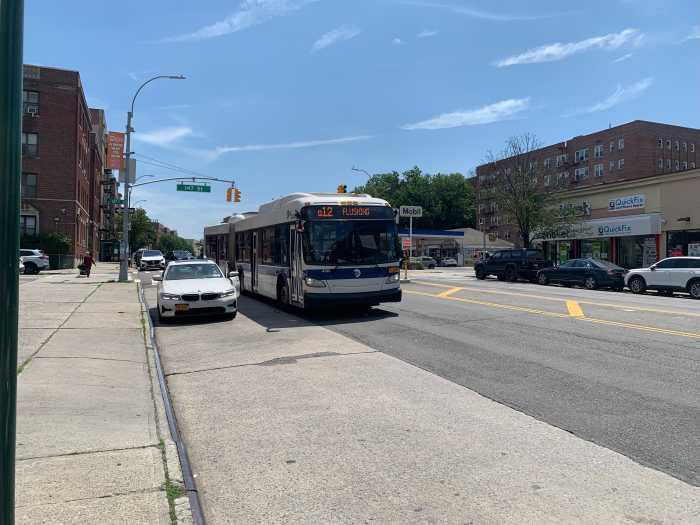
Describing the city’s buses as a “system in crisis,” Comptroller Scott Stringer is calling for expansive reforms to the network.
In a report issued Monday, Stringer charged that both the MTA and the city’s Department of Transportation, which manages city streets, have amounted to a “fractured management system” that has failed the network on several fronts.
The failures have led to a steep drop in ridership in recent years and a decline in service that inordinately affects minority and low-income commuters.
“New York City now has the slowest buses of any big city in America,” Stringer said. “Routes are unreliable, congested and meandering. Many of them were designed more than a half century ago. Over the past 20 years, our economy has evolved, but our bus system has not.”
MTA buses recorded 100 million fewer passenger trips in 2016 than in 2008 — even though the city’s population, tourism sector and job market grew during that time. The largest decreases came in Manhattan and Brooklyn.
Bus speeds, which average about 7.4 mph, rank last among the 17 largest bus companies in the nation, including those in Los Angeles, Washington, D.C., and Philadelphia, the report found.
New Yorkers who rely on buses are among the “most economically vulnerable living in New York,” according to the report. Fifty-five percent of bus riders are foreign-born and 75 percent are New Yorkers of color. The average income of bus commuters is about $28,400 and 12 percent of all riders are above the age of 60, an age group that makes up 10 percent of the city’s whole population.
“This isn’t just about our buses,” Stringer said. “This is about who we are and where we’re going — the senior who’s traveling to their center for lunch, the nurse who’s working that late shift at the hospital, the parent working two jobs just to make ends meet; they depend on our bus system.”
The comptroller outlined six key points in his report for a large-scale reform. Both the MTA and DOT should “initiate a comprehensive review” of the entire bus network to make it more “grid-like” and re-evaluate bus routes and spacing between stops — a move that would include speeding up off-peak service and would “better balance the speed, reliability and accessibility” of the system.
The agencies should more seamlessly serve jobs popping up in the outer boroughs, according to the report.
An average New York City bus spends about 43 percent of its travel time stuck at a red light or bus stop. Stringer said the DOT needs to speed up its plans to install a technology known as Transit Signal Priority, which allows buses to communicate with traffic lights in order to hold green signals and cut short red signals, moving buses more quickly through intersections.
Transportation advocates have already called for these actions and several others in the report — including the installation and enforcement of more bus lanes outside the city’s web of Select Bus Service routes. The MTA and the DOT have been slow to embrace such the ideas.
MTA Chairman Joe Lhota shifted much of the blame on the city’s “inability to manage traffic,” stressing a need for congestion pricing.
“The bus system and our riders are the victims of a crisis,” Lhota said in a statement. “Traffic congestion and New York City’s consistent inability to manage traffic flow and enforce existing traffic laws on its streets is killing our bus service and hurting bus riders. The proper and progressive way to deal with the scourge of traffic is for everyone to support a responsible congestion pricing plan.”
A spokeswoman at the DOT said the agency is hamstrung by Albany for certain recommendations. She pointed to recent efforts such as Mayor Bill de Blasio’s goal to implement 21 Select Bus Service routes over the next 10 years and to install Transit Signal Priority along 20 routes by 2020 — both efforts advocates have said are too small in scope.
“While we are grateful to get the comptroller’s support for all of these efforts, several of the report’s recommendations will require his office’s active assistance,” the DOT spokeswoman said. “For example, given his support for dedicated bus lanes, we look forward to working with Comptroller Stringer to advance state legislation for additional bus-lane cameras among his former colleagues in the State Legislature.”






























